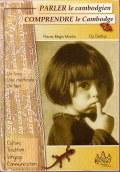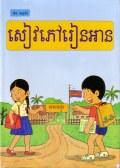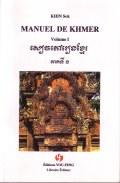Ta Mok
I'm a bit perplexed by the fact that everyone seems to be calling Chhit Chœun, recently deceased without having been tried by the upcoming international Khmer Rouge leaders trial, by the alias “Ta” Mok.
Mok was already a long-time member of the KR Central Committee in 1975. Then, he was the main leader of the South-West zone of Democratic Kampuchea — the most ruthless zone of all according to historians, from where came the cadres that overthrew the East and North zones hierarchy during the late purges, because they were considered by the Centre too "nice" to their people (they were feeding them just enough not to die of starvation and extrem labor). Eventually, he was commander of the KR forces after 1979 until their final reddition. That man was second only to Pol Pot in terms of deliberate, and litterate, cruelty. If Duch was only Pol Pot's Eichmann, Mok probably was his Goering.
Now, “Ta” means grand-father in Khmer. The Cambodian culture is so oriented towards a respect of the clergy, the royalty and the elders (and more respect as you are more high-ranking, richer or older), that it obviously pervades Khmer vocabulary. Thus, “Ta” means grand-father in the strict sense, but this comes with an implicit tone of high respect. You say it to any old man, whether he is your actual grand-father or not, thus showing respect. Sihanouk, king-father of Cambodia, uses to say that his favourite honorary title is to be called by the petit peuple “Samdech Ta” : Sir Grand-Father.
I don't know from where this title came to Mok. Did his henchmen start calling him that when he reached old age ? But what I'm sure is that nobody in his right mind would want to give him — dead or alive — that kind of implicit and pregnant respect. As late as 1998, he still ordered to brutally kill innocent people as part of his fight for an agrarian slave-state in which he would be one of the reigning commanders.
I can resign myself to the fact that the mainstream press keeps calling him Ta Mok (along with perpetuating the lazy "close to two millions victims" anthem) : that's the way it works nowadays. But I'm perplexed that justice workers, NGO spokepersons and Cambodia-dwelling bloggers persist in giving him that title, grandpa.
Ben Kiernan, in his remarkable Pol Pot Regime essay — the reference if you're interested in the history of the Democratic Kampuchea, simply calls him Mok.
Shouldn't we all do the same ?



